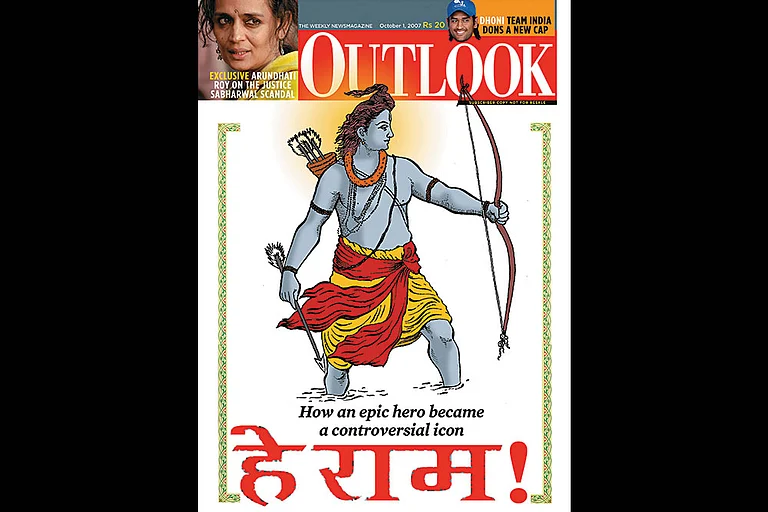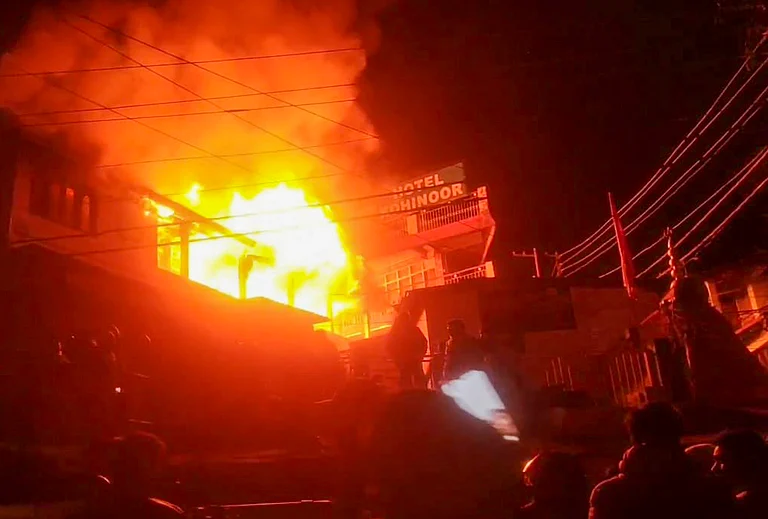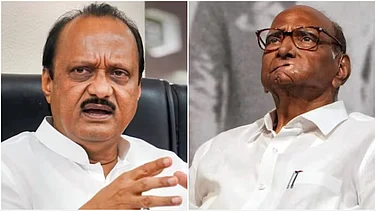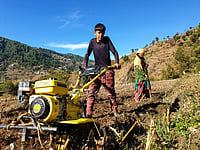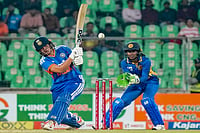
Baijnath is a quaint town globally known for its ancient Lord Shiva temple—a protected ASI-managed monument.
Unlike most towns in Himachal Pradesh, which celebrate Dussehra by burning effigies of Ravana to symbolise the triumph of good over evil, Baijnath, on the banks of the Binwa River, refrains from such festivities.
Milap Chand, a trustee of the Lord Shiva temple, says the town’s unusual practice stems from a mythological tale about King Ravana.
Nestled in the foothills of the Dhauladhar ranges, Baijnath is a quaint town globally known for its ancient Lord Shiva temple—a protected monument managed by the Archaeological Survey of India (ASI) and worshipped by locals.
However, Baijnath stands apart from places like Kullu, where centuries-old traditions of Dussehra emphasise religious devotion to Lord Raghunath (Lord Rama) through week-long festivities. In contrast, Baijnath’s identity comes from different customs rooted in its unique mythology.
Unlike most towns in Himachal Pradesh, which celebrate Dussehra by burning effigies of Ravana to symbolise the triumph of good over evil, Baijnath, on the banks of the Binwa River, refrains from such festivities. This rare exception is due to a local legend about demon king Ravana, making Baijnath’s approach a clear contrast to national traditions.
During Dussehra, while the rest of Himachal Pradesh—including Palampur (Kangra) and Jogindernagar (Mandi)—comes alive with colourful, giant effigies of Ravana, Kumbhkaran, and Meghnath burning in the evening, Baijnath remains notably subdued. The stark difference in atmosphere highlights Baijnath’s unique stance.
Even Dharamshala—the district headquarters of Kangra, 50 km from Baijnath—celebrates Dussehra as a grand event.
Milap Chand, a trustee of the Lord Shiva temple, says the town’s unusual practice stems from a mythological tale about King Ravana.
He says a legend claims Ravana performed intense penance at Baijnath to please Lord Shiva. Ravana offered his ten heads to Shiva, hoping to gain supreme knowledge and immortality. Shiva was impressed by his devotion and blessed him with his powers.
Ravana requested Lord Shiva to go to Lanka. Shiva agreed, saying he would travel as a shivling and that Ravana must not set it down during the journey.
Ravana had to set the lingam down. It became too heavy to lift again, so Baijnath became a sacred abode. In the 13th century, a temple was built at the site, he says.
As time passed, Ravana's kingdom met its end at the hands of Lord Rama. Yet, Baijnath continues to honour Ravana for his devotion to Lord Shiva.
In Baijnath, Ravana is respected as a devout scholar, not a villain. Burning his effigy is seen as disrespectful and could bring misfortune, says Ankit Sood, a resident.
In 1965, some locals defied the custom and celebrated Dussehra beside the Lord Shiva temple, but this did not go well. Unexpected incidents and deaths continued to trouble the rest of the year. Another attempt was made to end the tradition of not celebrating Dussehra at Peprola, near Baijnath, but this also did not last. It distinguishes itself by avoiding the burning of effigies. Unlike neighbouring towns, locals here observe the day with solemn prayers and rituals dedicated solely to Lord Shiva. Many gather at the temple to offer prayers for peace and harmony, making their practices clearly different from festive celebrations nearby.
The 1905 earthquake devastated the Kangra valley, but the temple suffered only minor damage.
Dharminder Sharma, a head priest of Baijnath Temple, is quoted as saying that, going by tradition, the residents of Baijnath have never burnt Ravana's effigy.
Some local tales suggest that anyone attempting to burn Ravana's effigy in the area would meet an untimely death, leading to a deep-seated fear among residents, a local journalist said.
Meanwhile, Kullu Dussehra began at Dhalpur ground with Lord Raghunath’s chariot and over 300 deities, all carried in palanquins.
Kullu Dussehra dates to the 17th century, when Raja Jagat Singh brought Lord Raghunath’s idol from Ayodhya to escape a Brahmin’s curse.
“The festival of Dussehra in Kullu symbolises not the victory over Ravana, but the submission of ego and redemption through devotion’ says Devkanya Thakur, an author and film-maker of Kullu valley.
There is no burning of effigies in Kullu, unlike other areas such as Shimla’s Jakhu Hill, where the Lord Hanuman temple is situated.








